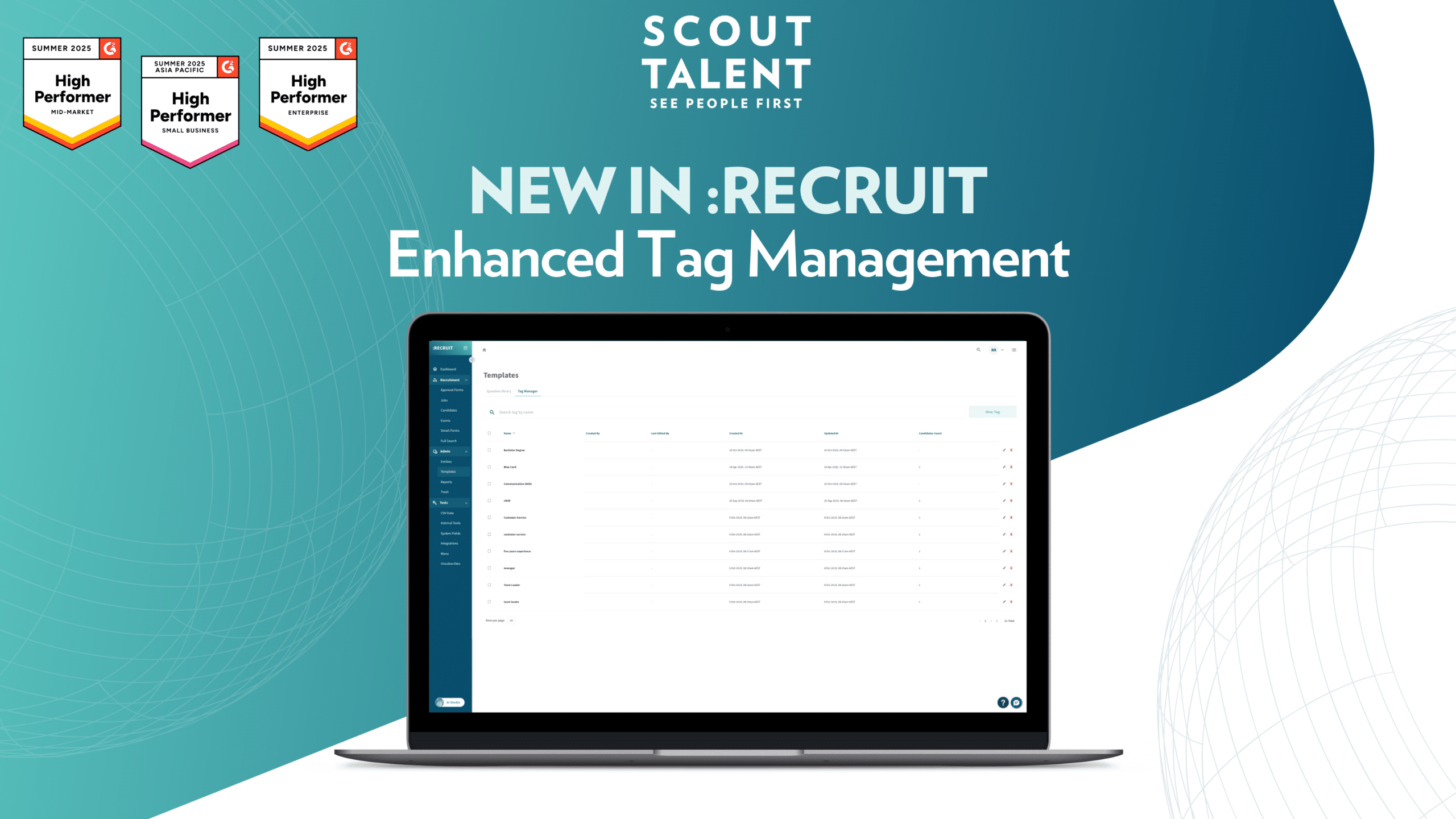The presence of women in employment has improved dramatically over the last half-century. Jacinda Ardern of New Zealand, Angela Merkel of Germany, and Mette Frederiksen of Denmark are remarkable examples of women in leadership; not to forget women achievers in the corporate world – Sheryl Sandberg (Facebook), Ginni Rometty (IBM) and Indra Noori (Pepsi).
Although there are powerful women in leadership, only a few who aspire to such positions reach the C-suite level. According to a Mckinsey report, women constitute 42% of all employees, yet comprise only a quarter of executives and only 10% of CEOs for large for-profit companies. The transition point from crucial management positions to CEO has the highest drop-off (59%) in women’s representation.
While gender equality awareness has been on the rise, and companies have been increasingly active in driving the diversity agenda, women remain underrepresented across industries.
What’s keeping smart women from climbing up the ladder?
- Culture: A 24/7 ’round the clock’ culture that struggles to accommodate parenthood
- Work/life balance: Work structure and low tolerance to flexibility exclude working women from critical roles and projects
- Perceptions: The unspoken ‘mateship’ or the ‘boys club’, excludes women from informal networking like drinks at the club or a game of golf
- Afraid of making mistakes: Research shows that women who make mistakes in traditionally male occupations (and leadership roles) are judged much more harshly than their male counterparts who make mistakes.
Why should organisations have women in leadership roles?
Research from Mckinsey found companies with higher numbers of women at senior levels have better organisational and financial performance. The report also revealed that having women at the decision-making table was not only good for the business, but it made the organisation one where more people wanted to work.
Men and women enter the workforce in relatively equal numbers, yet when it comes to managerial positions and leadership roles, women fall short. People and culture can nurture women into leadership positions.
Here’s how companies that care for their women workforce can move the needle.
- Pursuing conscious inclusion: Conscious inclusion means leading and acting with the intent of providing equal opportunity. Recognising and preventing bias begins at the top and should run across the company culture
- Leveraging the COVID impact to reset norms around flexibility: The crisis has prompted companies to rethink their beliefs on remote working. Ninety-three per cent of companies now say more jobs can be performed remotely. Remote work opens the opportunities for mothers and caregivers
- Develop rising women: A good mentor can make a huge difference, especially in a male-dominated workspace. Coaching, mentoring, and networking programs have proved quite successful in helping female executives succeed. If women feel judged harshly for making mistakes, then create a culture and safe environment where it is okay to make and learn from mistakes
- Active listening: Creating an open dialogue and listening to how employees feel can provide valuable information in creating a pathway for career progression
- Set numeric goals: Some may call them quotas, but this is the simplest way to know how far your D&I program has reached.
The way forward
Women bring different perspectives to drive effective solutions which is why companies need a healthy representation of both genders. Companies that aspire to be great places to work and succeed in business should make a genuine effort towards gender equality. It helps to have a plan that is backed by accountability. True equality needs to go beyond the ‘check-the-box’ mentality and must be supported by senior leaders – both male and female.




